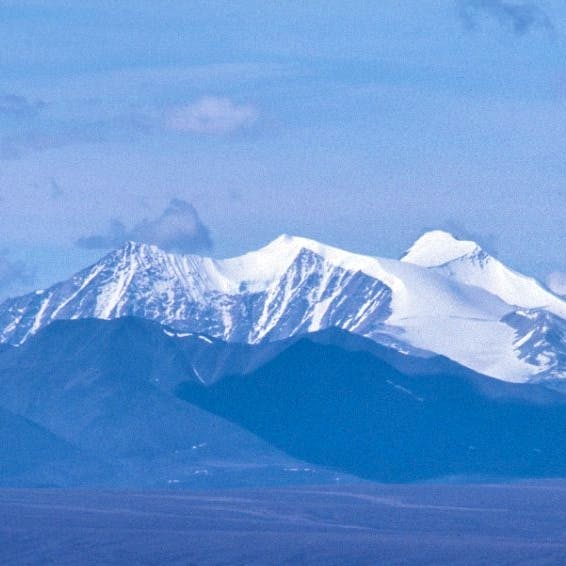FOR IMMEDIATE RELEASE
Media contact: Catalina Tresky, (202) 772-0253 or ctresky@defenders.org
New Rule Aims for Eagles and Clean Energy to Share the Air
WASHINGTON (December 14, 2016) – The U.S. Fish and Wildlife Service (Service) released its final eagle permitting rule today, which updates its process for permitting and mitigating impacts to bald and golden eagles from human development. With this rulemaking, the Service is aiming to secure eagle conservation by facilitating the issuance of permits that will result in a net conservation benefit for eagles.
Jamie Rappaport Clark, Former president and CEO of Defenders of Wildlife issued the following statement:
“The Service’s new comprehensive rule will advance bald and golden eagle conservation through enhanced permitting processes, which will prompt important conservation actions that will avoid and minimize harm to eagles.
“These permits will also compensate for unavoidable impacts through robust offsite conservation measures that will result in a net conservation benefit for eagles, leaving them better off in the future. Third-party monitoring requirements will help federal agencies, developers and wildlife advocates track the status of eagle populations.
“While this rule applies to all industries, wind energy has undeniably been at the center of the debate around this rule. We need more clean energy to mitigate the effects of climate change, and we can do that without sacrificing our wildlife heritage. The Service’s new eagle rule will help ensure we develop wind energy responsibly without jeopardizing bald and golden eagle conservation.
“Our air and lands can provide the clean energy we need and support the wildlife we cherish. We look forward to working with the Service and other partners on the implementation of this new rule to ensure we conserve these majestic birds in the face of climate change and other development threats.”
Background
The Service’s new rule finalizes changes to eagle permitting regulations first implemented by the agency under the Bald and Golden Eagle Protection Act (BGEPA) in 2009, after the bald eagle was delisted from the Endangered Species Act. In 2015, the Service released draft revisions to its eagle permitting regulations to address growing implementation challenges under the 2009 rule; many of these challenges arose in the context of a growing wind energy sector and demand for eagle permits.
To date, the Service has only issued one eagle permit to an operating wind facility and has yet to issue a permit to cover impacts from electric power transmission, despite numerous permit applications currently under consideration. Without a permit, these facilities are under no legal obligation to undertake best management practices to minimize eagle impacts or offset any losses through other conservation actions. Moreover, until a permit is issued, these operating facilities are at risk of federal prosecution and are reluctant to share monitoring data, which would improve our understanding of eagle conservation.
The Service received significant input in developing this final rule from a diverse range of industry and conservation stakeholders, including Defenders of Wildlife. This new rule should improve eagle permitting by providing more clarity with respect to requirements for minimizing eagle take, adhering to transparent, science-based, third-party monitoring protocols and offsetting take through conservation investments that benefit eagles. While the length of these new permits will be extended to up to 30-years, the Service will review them every five years, and permittees will be required to monitor and annually report their projects’ impacts to eagles.
Smart from the Start Renewable Energy Development
Smart from the Start renewable energy development allows us to responsibly develop renewable energy to meet our clean energy and wildlife conservation goals. It ensures that we do the upfront analysis necessary to avoid or minimize adverse effects on wildlife by first identifying key areas important for the long-term survival and recovery wildlife and then working to protect these areas by incentivizing development on more degraded lands with lower value for wildlife habitat.
###
Defenders of Wildlife is dedicated to the protection of all native animals and plants in their natural communities. With more than 1.2 million members and activists, Defenders of Wildlife is a leading advocate for innovative solutions to safeguard our wildlife heritage for generations to come. For more information, visit www.defenders.org and follow us on Twitter @DefendersNews.
For over 75 years, Defenders of Wildlife has remained dedicated to protecting all native animals and plants in their natural communities. With a nationwide network of nearly 2.1 million members and activists, Defenders of Wildlife is a leading advocate for innovative solutions to safeguard our wildlife for generations to come. To learn more, please visit https://defenders.org/newsroom or follow us on X @Defenders.
News

Defenders Slams Trump Interior Pick Burgum

